Some destinations possess a rare quality that transcends ordinary travel experiences—they allow visitors to feel the pulse of the past in tangible, visceral ways. These places preserve not just artifacts and architecture but the very atmosphere of bygone eras.
Walking their streets or touching their ancient stones creates moments where the boundaries between past and present seem to dissolve, leaving travelers with a profound connection to the human stories that unfolded there centuries or even millennia ago. Here is a list of 15 remarkable places where history remains vibrantly alive rather than relegated to museum displays.
Kyoto

Kyoto served as Japan’s imperial capital for over 1,000 years, escaping the extensive bombing that destroyed many Japanese cities during World War II. The city maintains over 1,600 Buddhist temples, 400 Shinto shrines, and 17 UNESCO World Heritage sites within its boundaries.
Geisha still hurry along narrow lanes in the Gion district at dusk, while master craftspeople practice traditional arts in workshops that have operated continuously for generations, creating an environment where ancient Japan coexists with modern life.
Varanasi
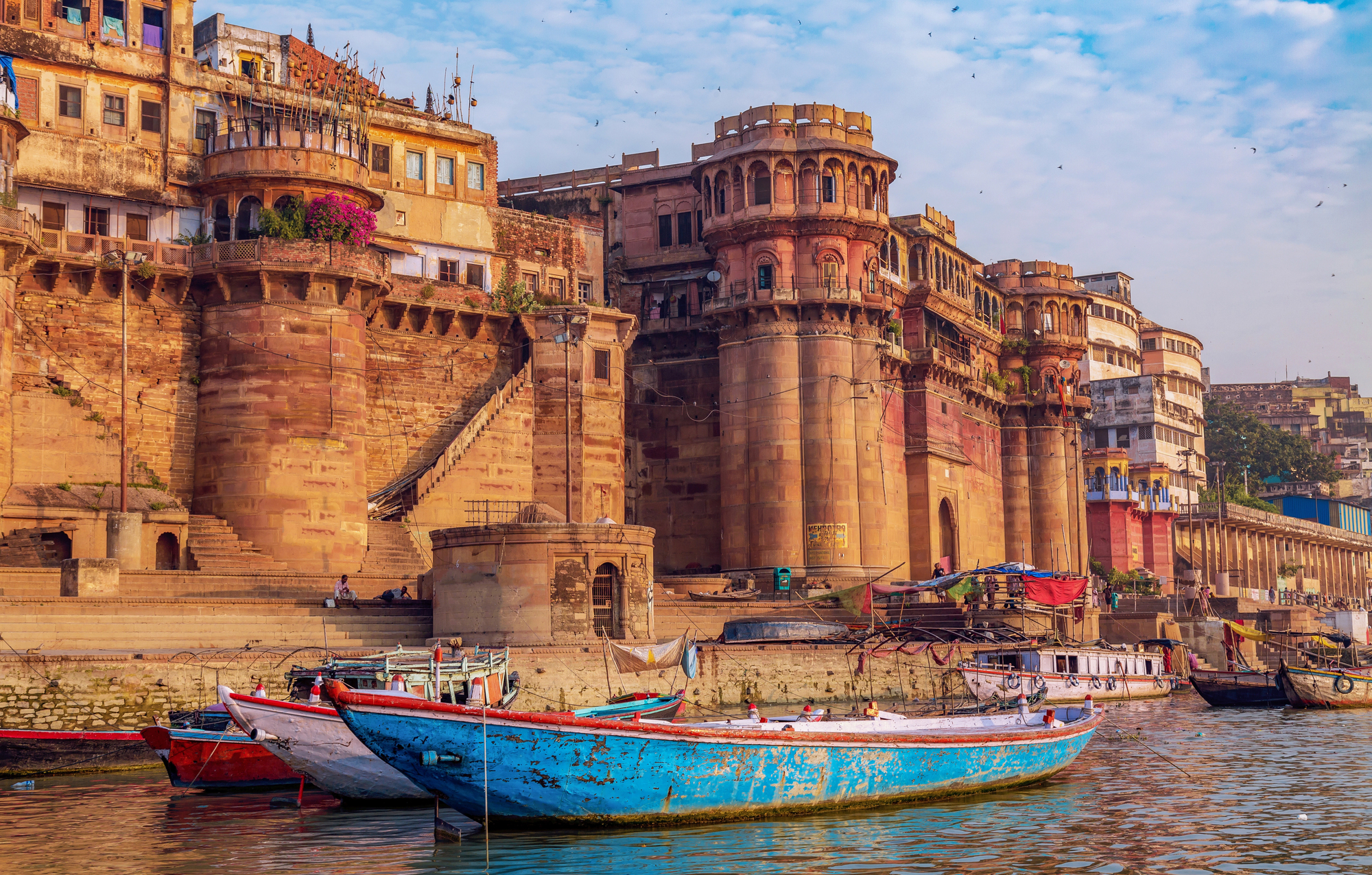
Varanasi stands as one of the world’s oldest continuously inhabited cities, with evidence of settlement dating back at least 3,500 years. The ancient ghats lining the Ganges River have hosted the same rituals of life and death for millennia, with funeral pyres burning as they have since time immemorial.
Morning boat rides reveal thousands of pilgrims performing dawn ablutions in the sacred waters while chanting prayers that have remained unchanged since they were first recorded in Sanskrit texts thousands of years ago.
Jerusalem
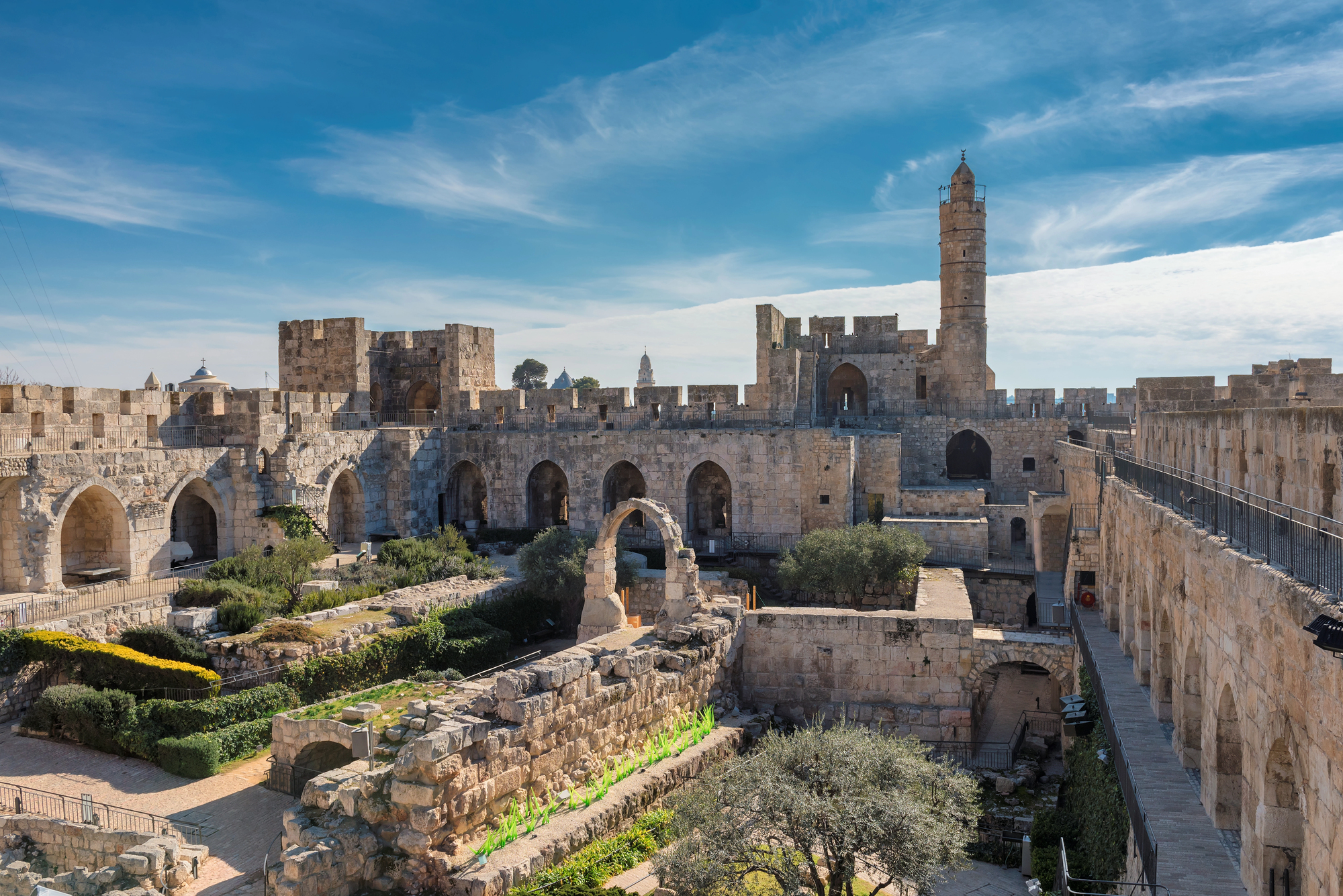
Jerusalem’s Old City concentrates intense historical significance within less than one square mile of walled space. The Western Wall contains stones placed during King Herod’s expansion of the Second Temple around 19 BCE, while the Church of the Holy Sepulchre marks the traditional site of Jesus’s crucifixion and burial.
The calls to prayer that echo across the ancient stone landscape five times daily have been part of Jerusalem’s soundscape since the Muslim conquest in 637 CE, creating a sensory experience that connects visitors directly to centuries of faith-driven history.
Like Travel Pug’s content? Follow us on MSN.
Rome
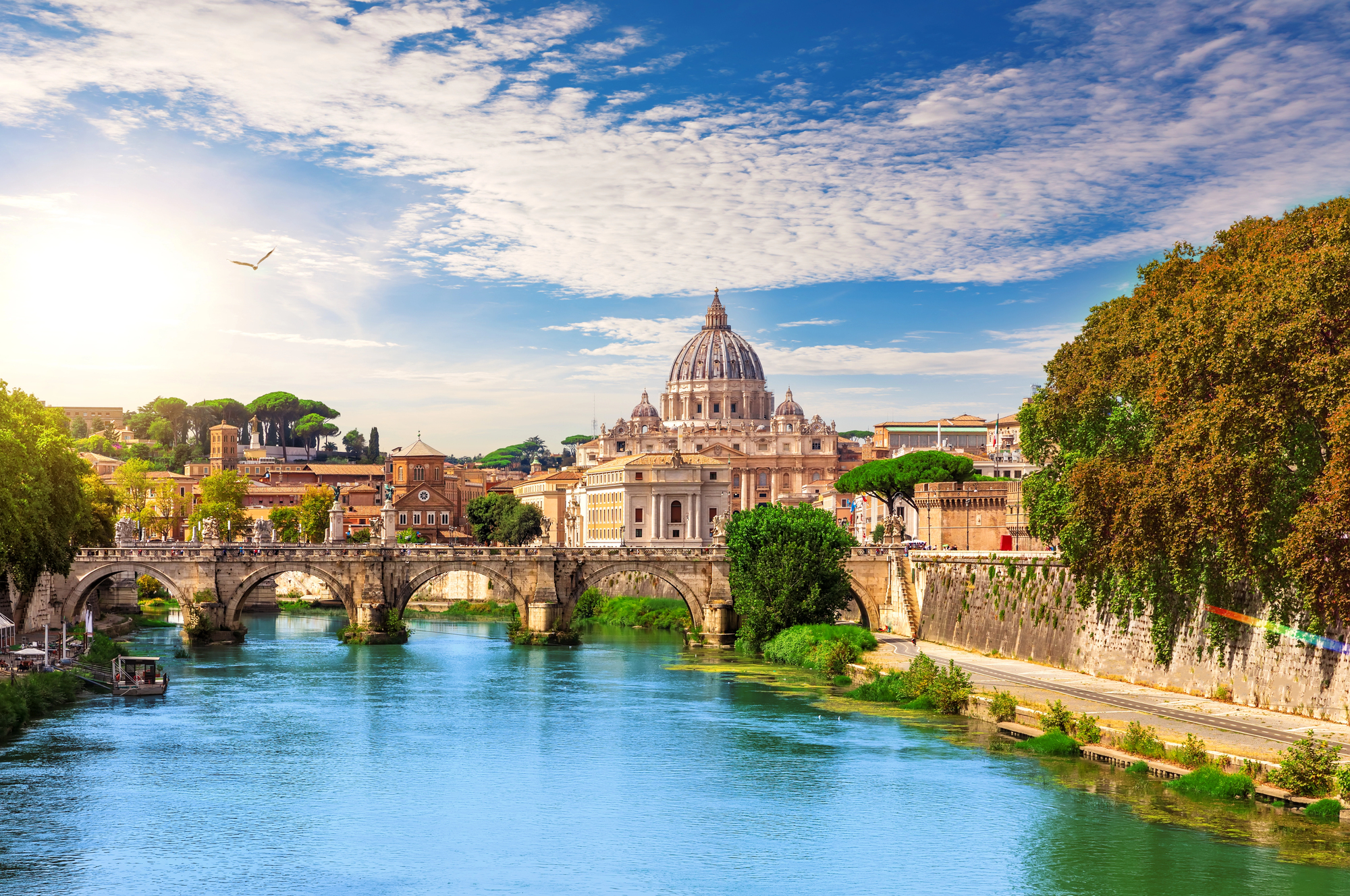
Rome layers its history in plain sight, with ancient, medieval, Renaissance, and modern structures often standing side by side or literally built upon one another. The Pantheon has served continuous daily use since its completion around 126 CE, making it perhaps the world’s most enduring functional building.
Local residents casually pass ruins during their daily commutes that would be centerpiece attractions in most other cities, while the maze-like streets of Trastevere follow exactly the same paths established over two thousand years ago.
Fez
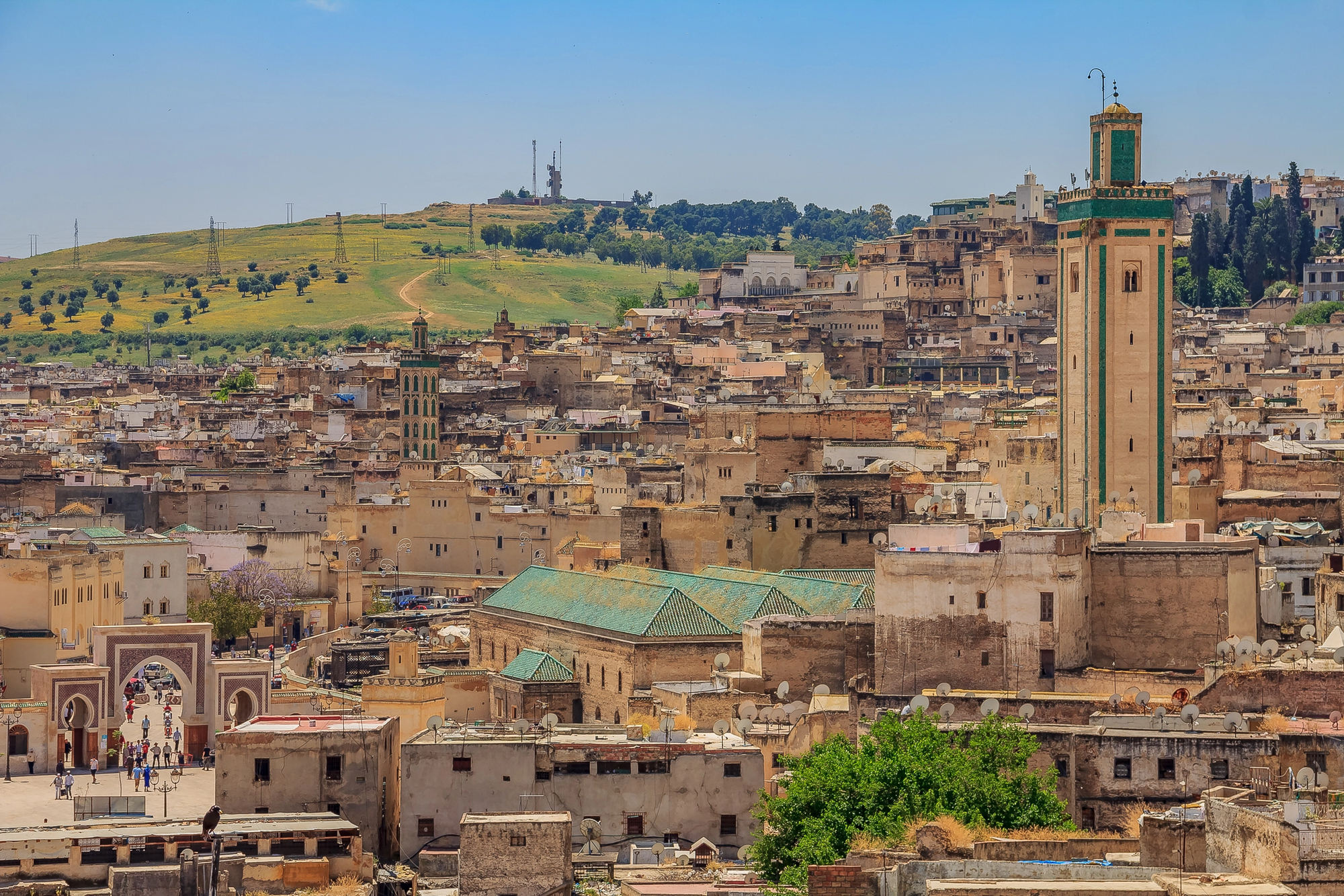
Fez preserves the world’s largest car-free urban area within its ancient medina, where 9,400 narrow alleyways create a labyrinth largely unchanged since the 13th century. Donkeys remain the primary transport method for goods, while artisans practice crafts such as copper work and leather tanning using medieval techniques in workshops passed down through generations.
The daily calls of street vendors and the fragrant blends of spices create a sensory environment that medieval travelers would recognize immediately, despite the centuries that have passed.
Cusco
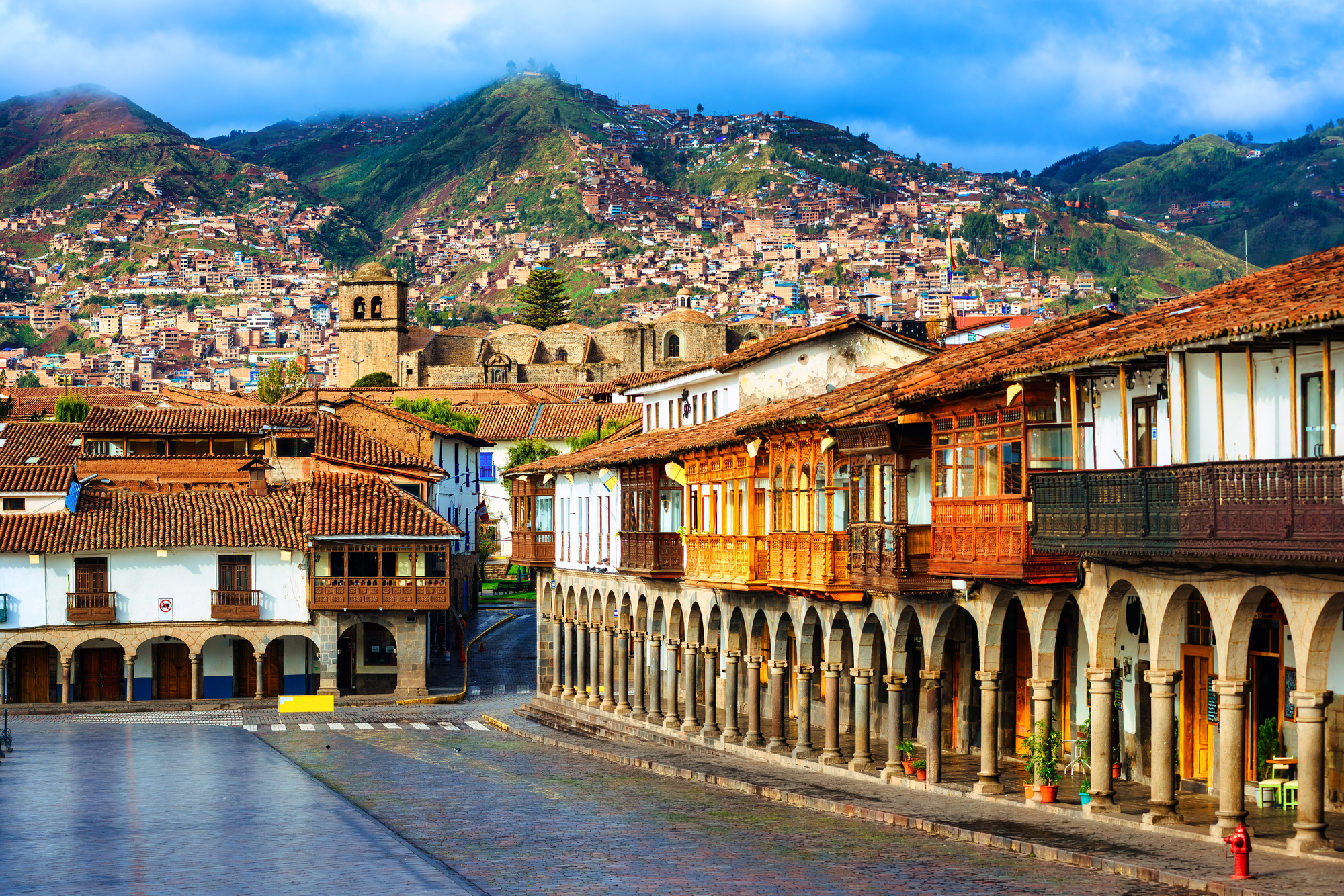
Cusco showcases the remarkable precision of Incan stonework, with massive blocks fit together so perfectly that not even a credit card can slide between them after more than 500 years. The city’s layout intentionally forms the shape of a puma when viewed from above, demonstrating the sophisticated urban planning of pre-Columbian civilization.
Spanish colonial architecture built directly atop Incan foundations creates a visible palimpsest of conquest, while indigenous Quechua culture remains vibrantly alive in the colorful textiles and traditions that fill its markets and streets.
Like Travel Pug’s content? Follow us on MSN.
Matera
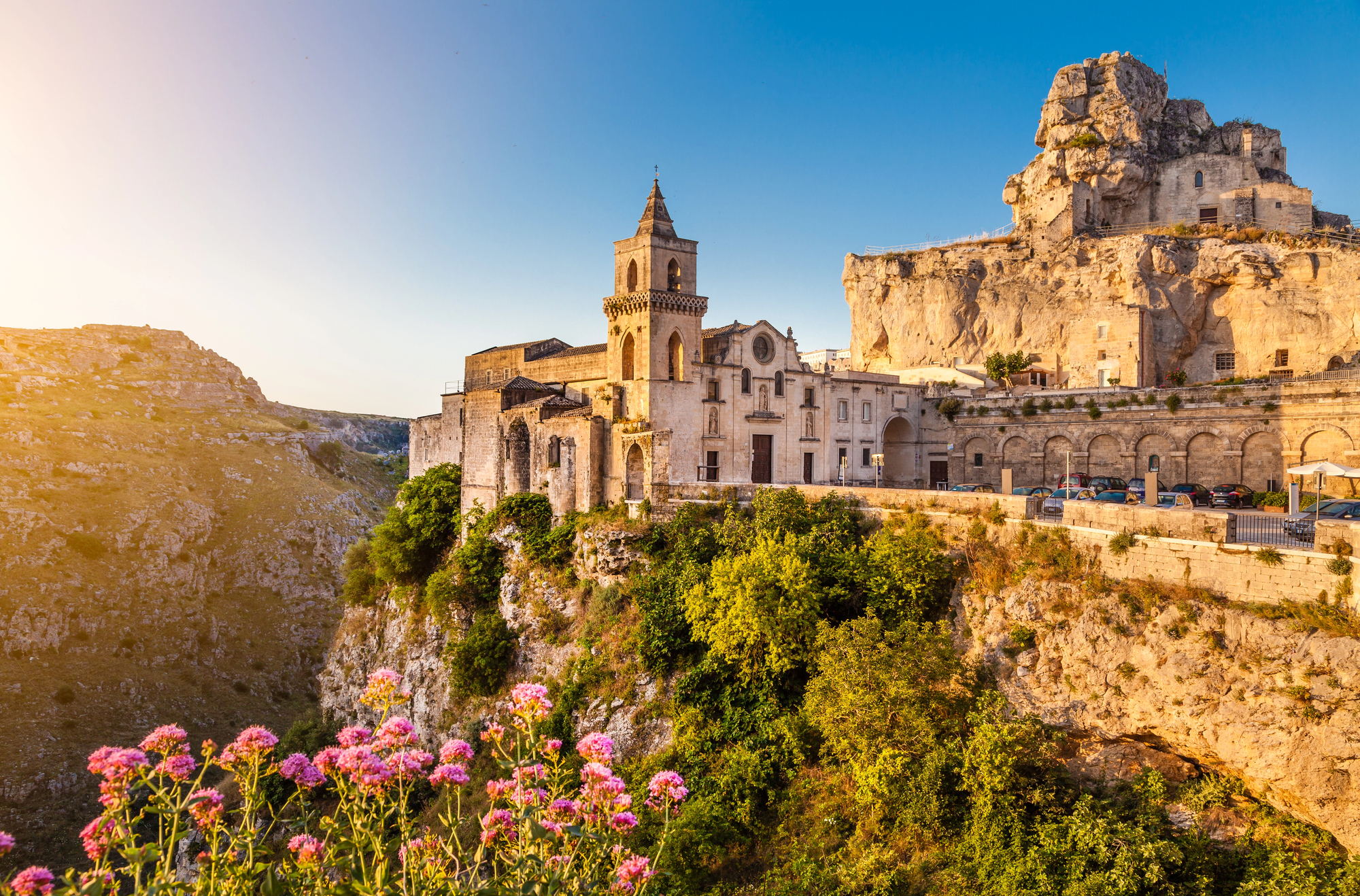
Matera contains cave dwellings continuously inhabited since Paleolithic times, with evidence suggesting human presence stretching back 7,000 years. The sassi districts feature homes carved directly into the soft tufa limestone, creating a prehistoric urban landscape that feels suspended in time.
As recently as the 1950s, families lived in these caves without modern amenities in conditions virtually unchanged for centuries, though today the district has transformed into a model of sensitive historic preservation while maintaining its ancient character.
Cairo
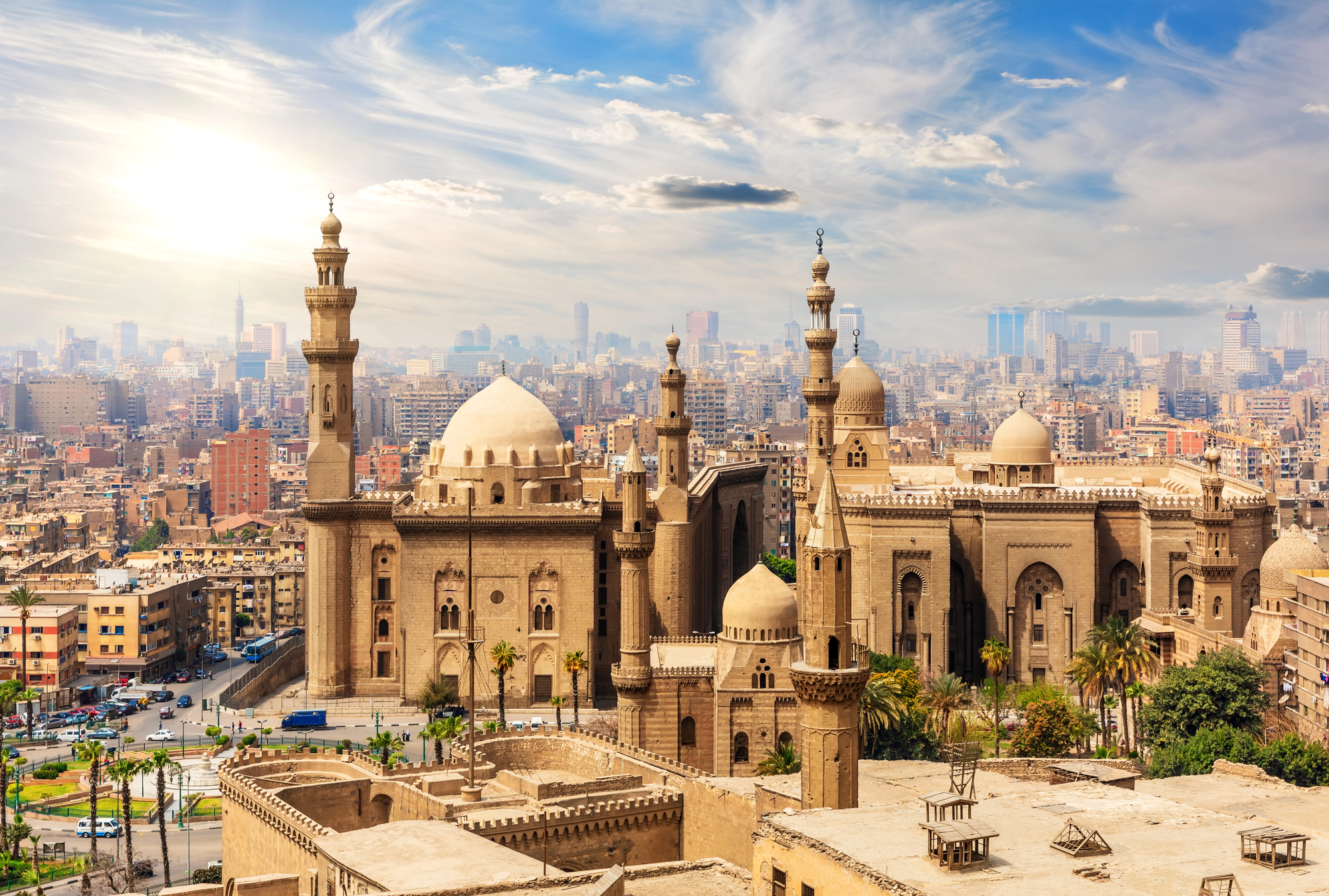
Cairo’s Khan el-Khalili bazaar has operated as a commercial hub since the 14th century in nearly identical fashion to how it functions today. The medieval streets of Islamic Cairo contain hundreds of historic monuments spanning over 1,000 years, including mosques where prayers have been offered continuously since their construction.
The city’s soundscape—calls to prayer, street vendors’ cries, the clinking of tea glasses—creates an auditory connection to its past, while ancient crafts like tent-making and metalwork continue in small workshops tucked between grand architectural treasures.
Athens
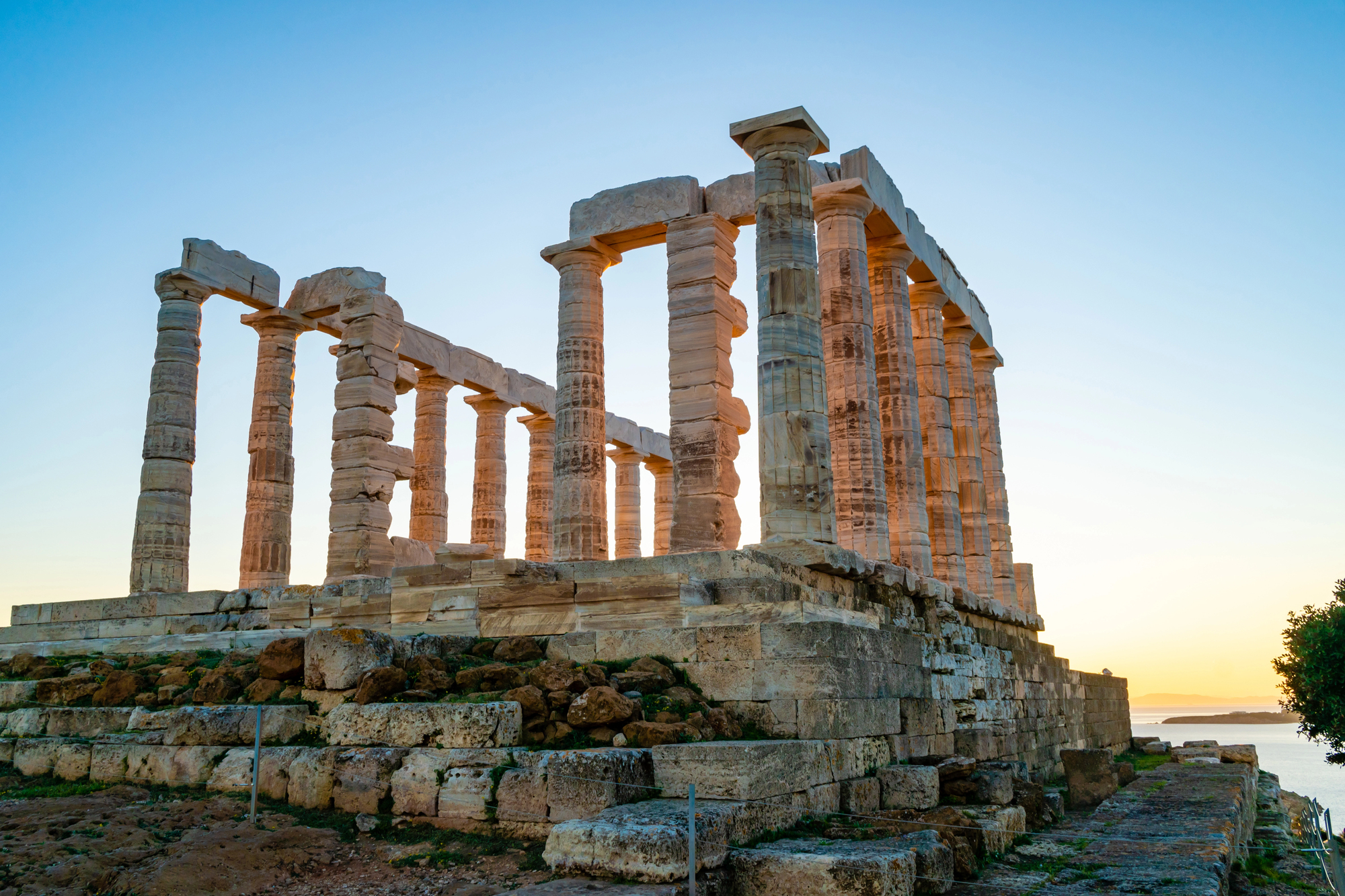
Athens places the birthplace of democracy literally at the feet of modern citizens, with the Acropolis visible from nearly anywhere in the city. The Parthenon has dominated the skyline since 438 BCE, serving as a constant reminder of Athenian cultural achievement and resilience.
Local residents shop in the Plaka district along streets that follow exactly the same paths laid out in ancient times, while construction projects regularly uncover antiquities that require modern engineering to accommodate the past that lies just below the surface of contemporary life.
Like Travel Pug’s content? Follow us on MSN.
Lalibela
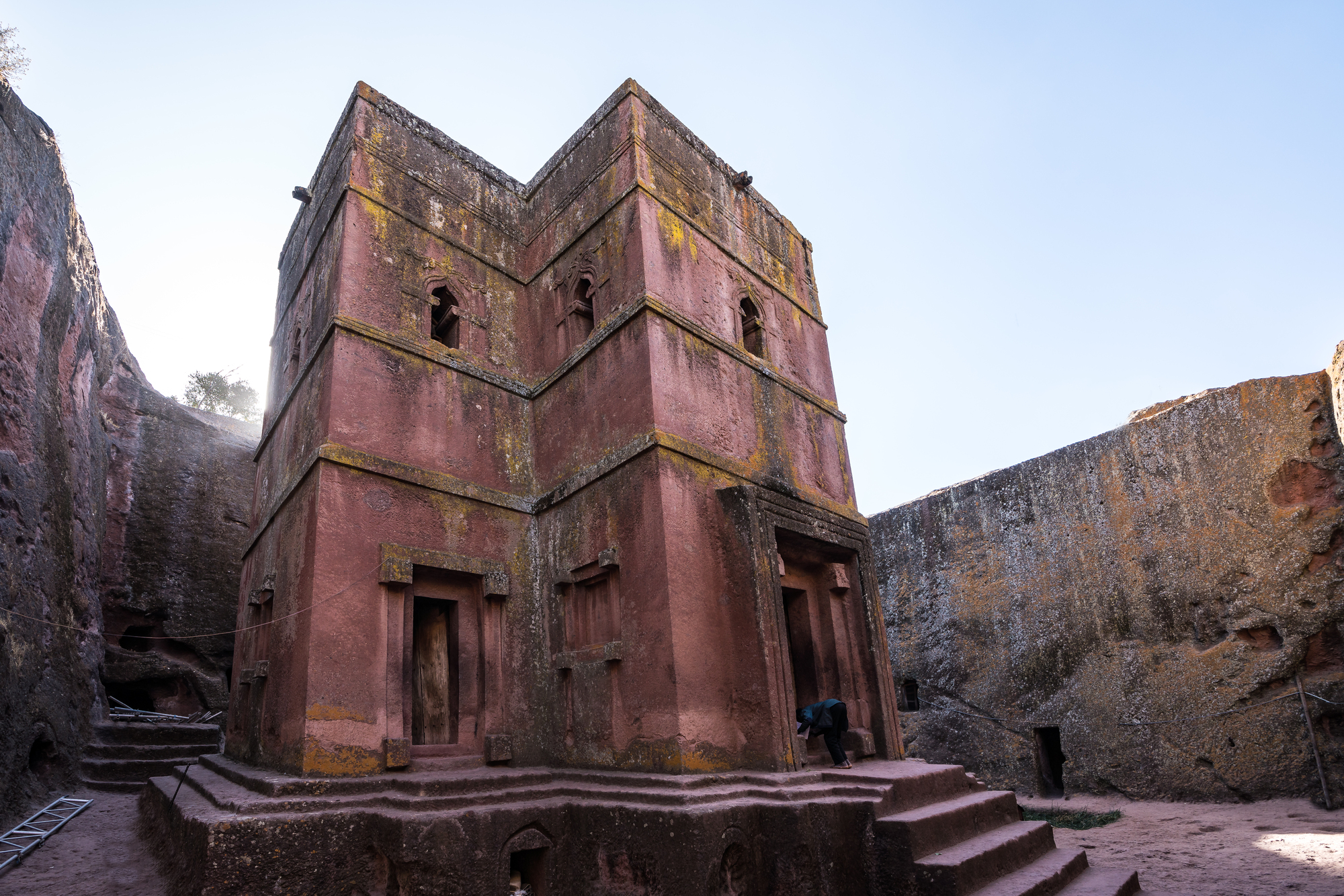
Lalibela’s rock-hewn churches in Ethiopia were carved directly downward into solid stone in the 12th century, creating massive monolithic structures that appear to grow organically from the earth. Orthodox Christian ceremonies conducted within these ancient spaces use the same Ge’ez language, instruments, and rituals that have remained largely unchanged for over 800 years.
Pilgrims wrapped in white shawls navigate the narrow trenches connecting the churches while touching the same handholds worn smooth by countless faithful who preceded them across the centuries.
Angkor
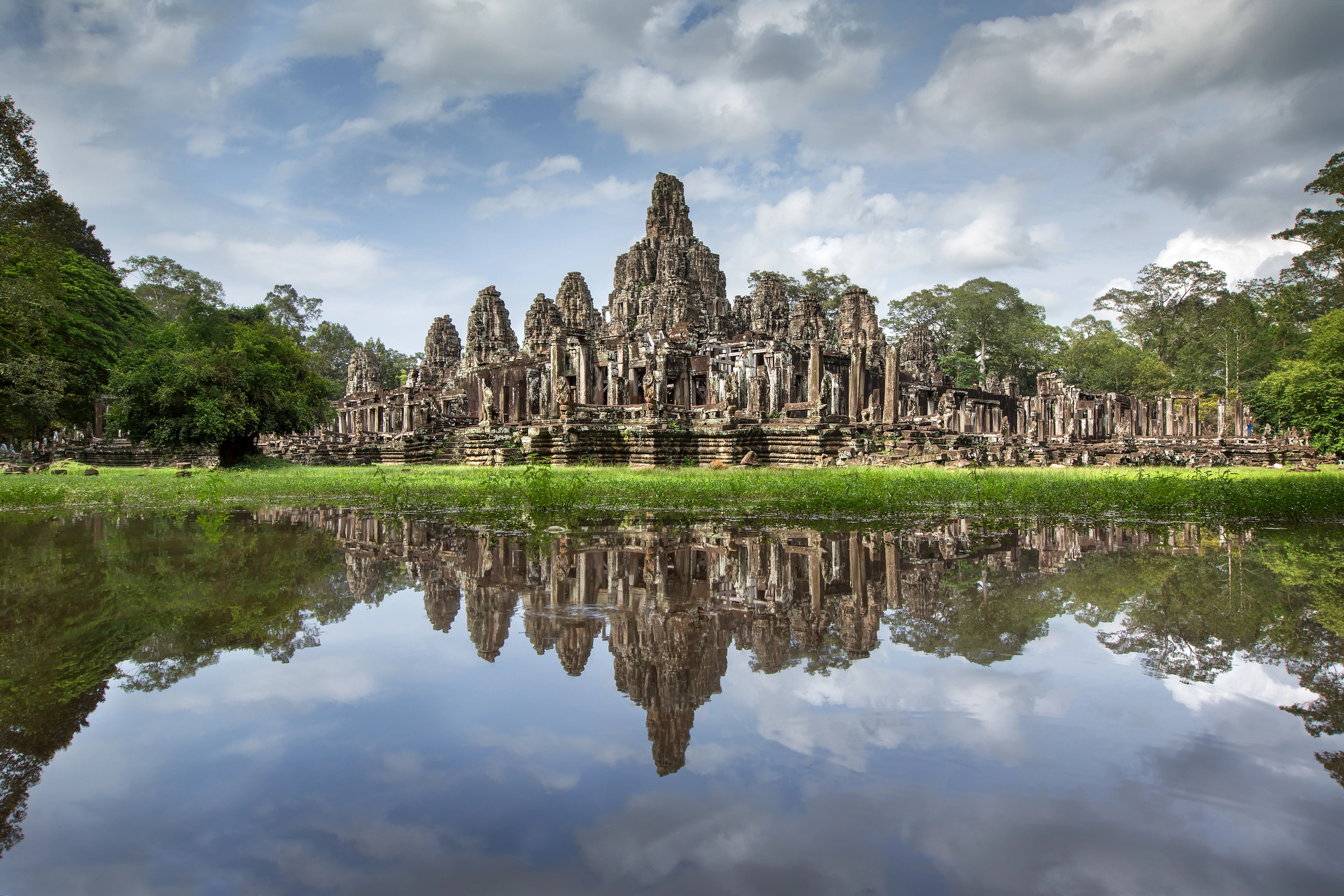
Angkor spreads across 400 square miles with hundreds of temple complexes where the jungle and architecture intertwine in an ongoing battle for dominance. The roots of massive fig trees grip ancient stones like giant fingers, creating a visual reminder of the impermanence even of mighty civilizations.
Modern Cambodian spiritual practices continue within many of the ancient temples, with incense and offerings placed before Buddha figures that have received similar devotions for centuries despite the rise and fall of empires around them.
Pompeii
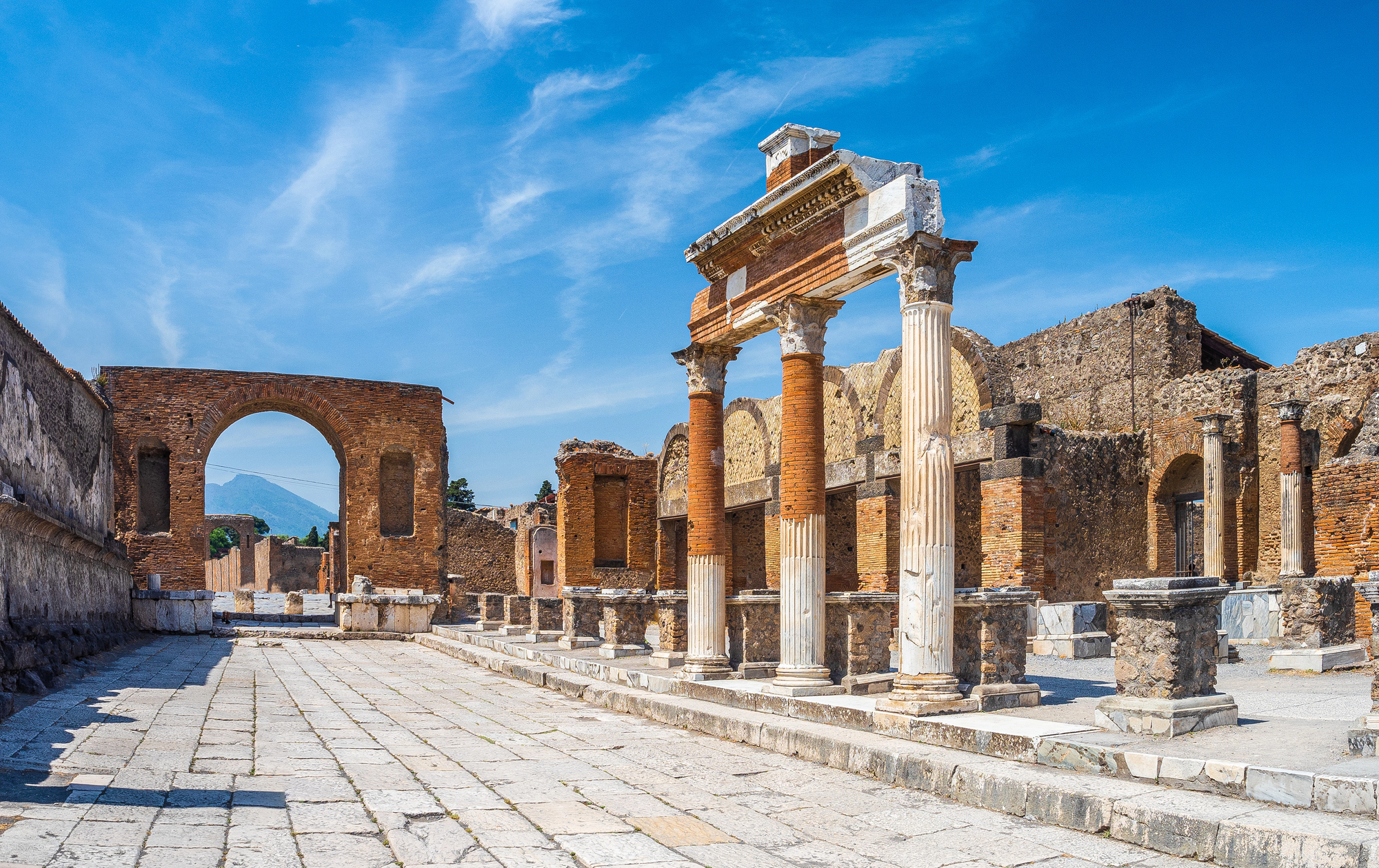
Pompeii offers an unparalleled snapshot of daily Roman life frozen at the exact moment of disaster in 79 CE. The plaster casts of victims preserve human tragedy with heartbreaking immediacy, while everyday objects remain where they were abandoned during the eruption.
Ancient graffiti still visible on walls reveals the human concerns, jokes, and political opinions of people who walked these same streets almost 2,000 years ago, creating an intimate connection with individual Romans rather than abstract historical concepts.
Like Travel Pug’s content? Follow us on MSN.
Prague
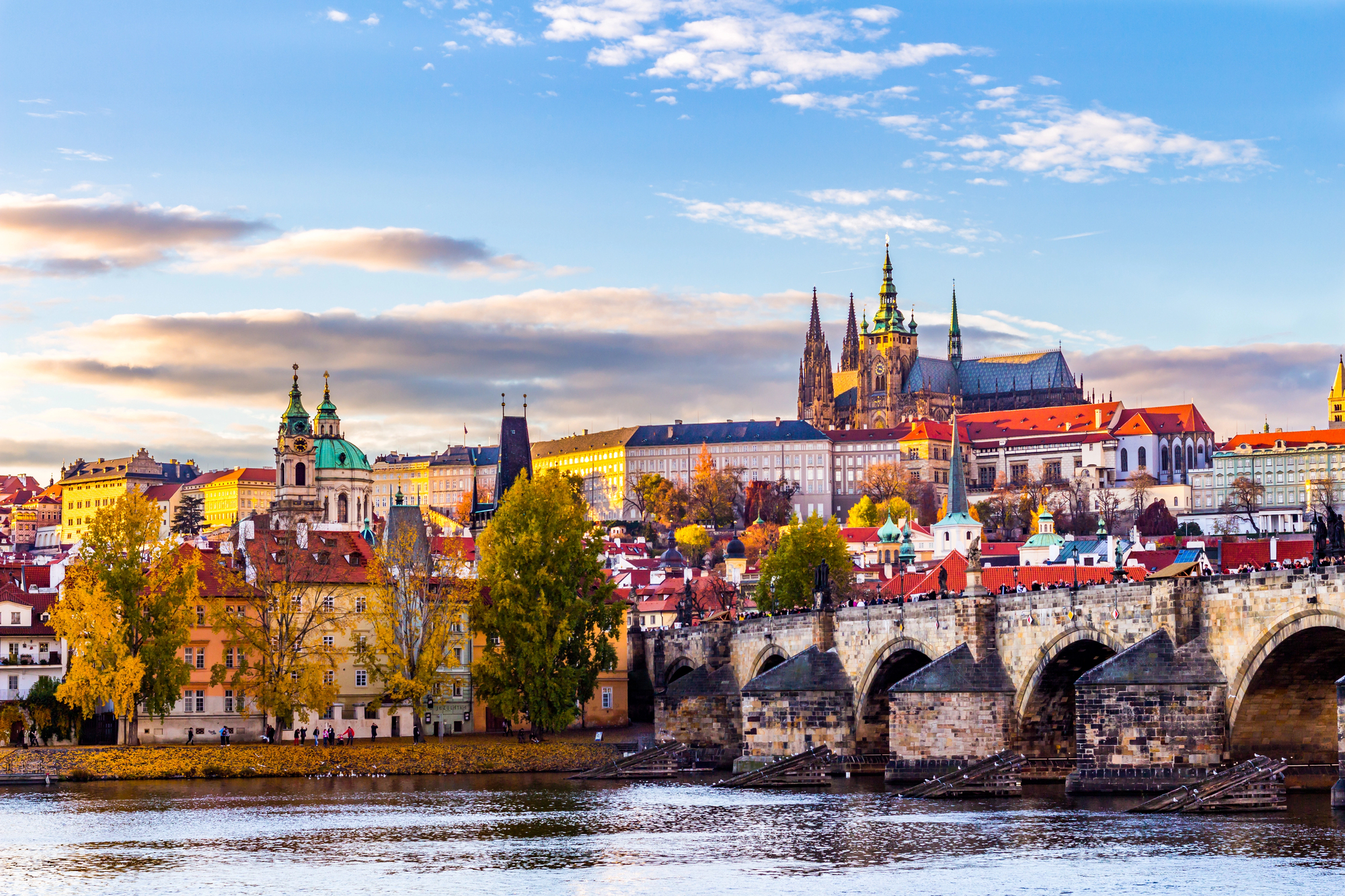
Prague survived both World Wars with minimal physical damage, preserving a complete medieval urban core that functions as a living city rather than an outdoor museum. The 600-year-old astronomical clock in Old Town Square continues to mark time with the same mechanical figures that have emerged hourly since 1410.
Jewish heritage remains palpably present in the synagogues and cemetery of Josefov, where headstones lean against each other in layers due to space constraints that forced burials to be stacked 12 deep in some areas over centuries of community life.
Luxor

Luxor encompasses an open-air museum where approximately one-third of the world’s ancient monuments stand within a small area on both banks of the Nile. The massive temple complexes of Karnak and Luxor have dominated the landscape for over 3,000 years, still aligned perfectly with astronomical events as their architects intended.
Modern Egyptian life continues directly alongside and sometimes within these ancient spaces, with farmers using irrigation techniques recognizable from tomb paintings dating to 1500 BCE in fields adjoining temples.
Venice
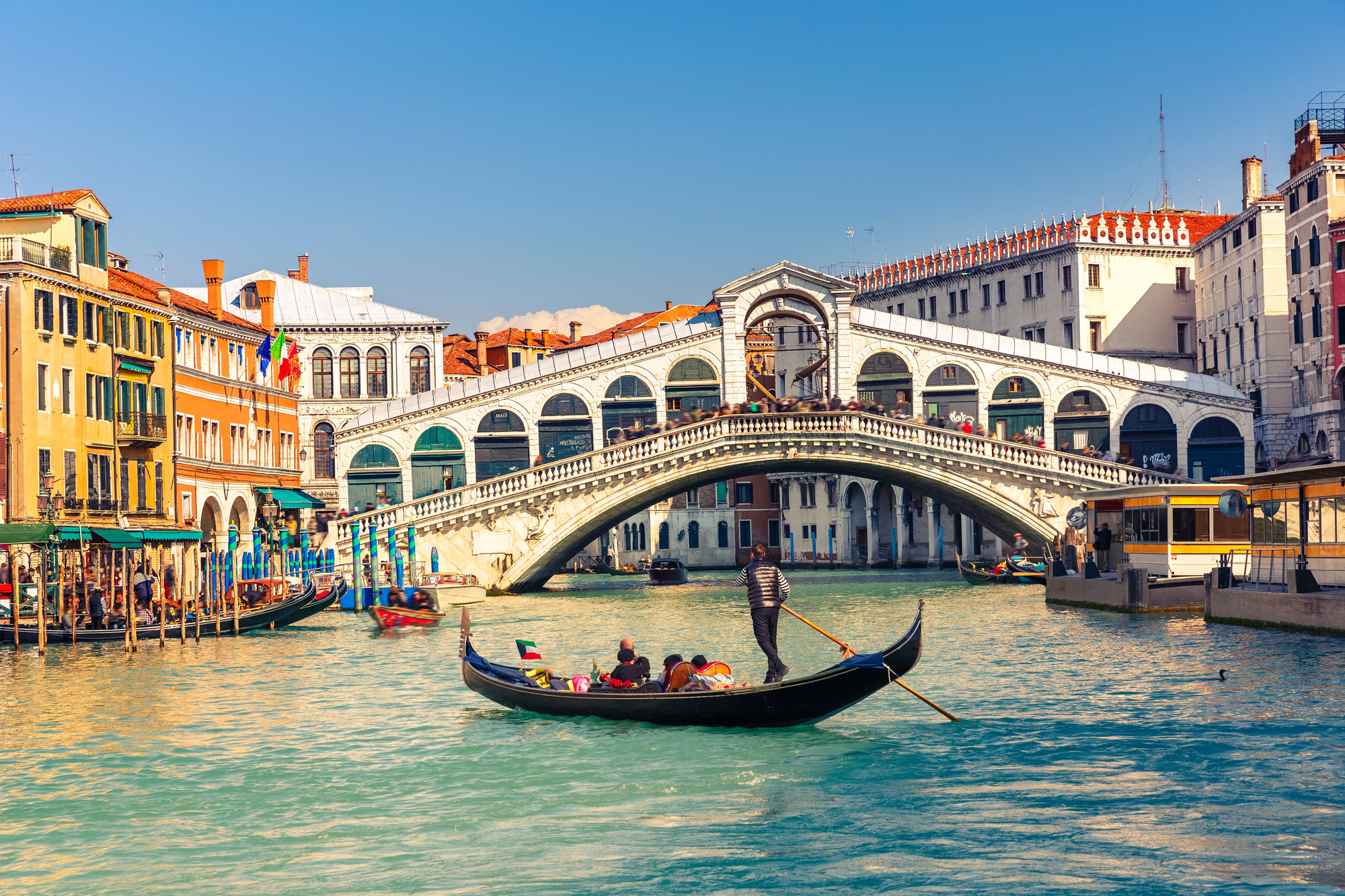
Venice maintains essentially the same physical footprint established in the 12th century, with buildings that appear to float upon the waters of the lagoon just as they have for centuries. The city’s unique soundscape—absent of cars and filled instead with footsteps echoing off stone, water lapping against buildings, and church bells marking time—creates an auditory environment unchanged for hundreds of years.
Traditional crafts like Murano glassblowing and gondola construction continue in workshops using techniques passed down through generations since the Middle Ages.
Like Travel Pug’s content? Follow us on MSN.
Living Museums
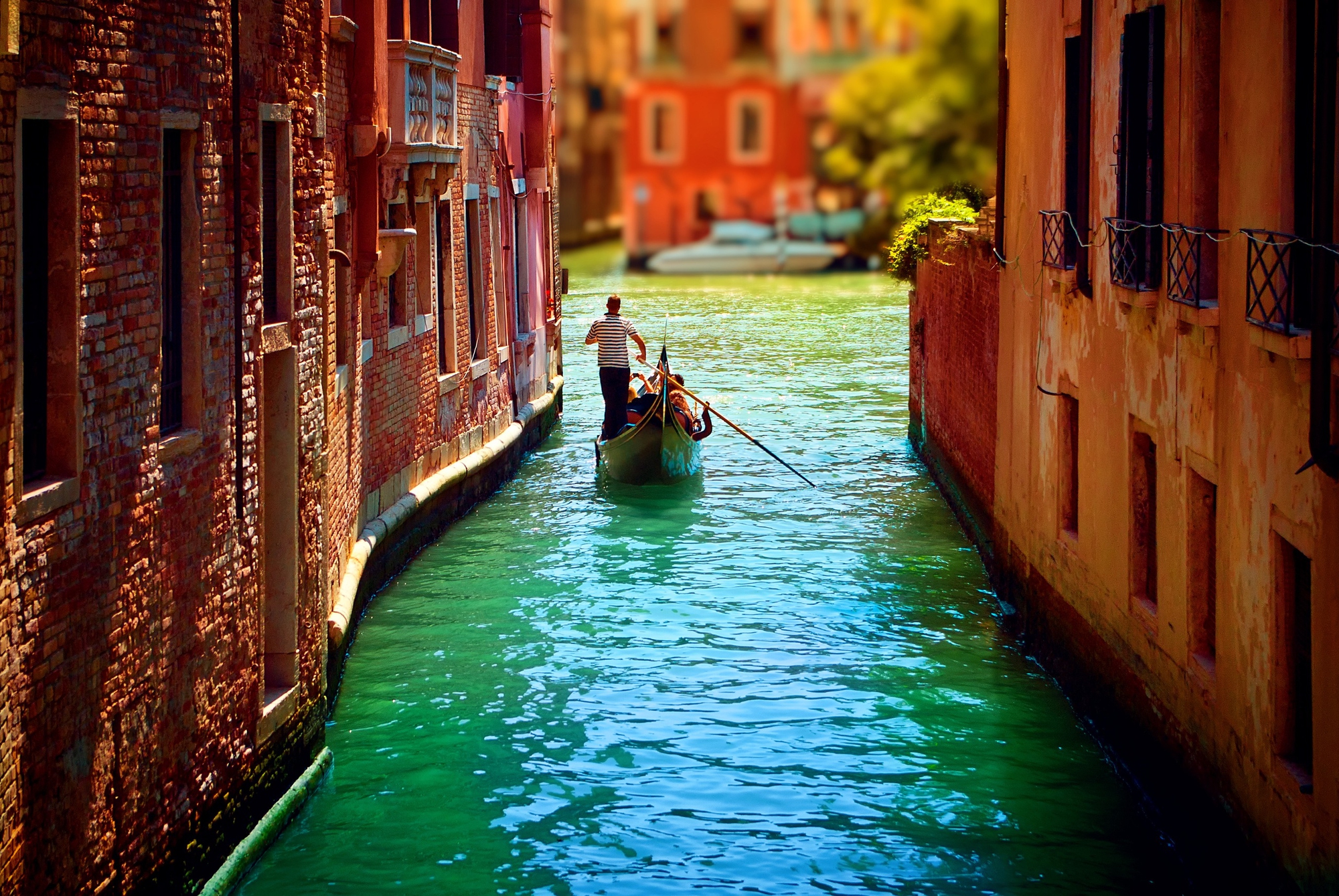
These remarkable places demonstrate that history exists not just in carefully preserved artifacts but in the continuing pulse of human activity within ancient spaces. Unlike conventional tourism, these destinations offer immersive connections with the past through all five senses.
They remind us that history isn’t simply something that happened long ago but rather an ongoing conversation between generations across time. The most profound historical experiences often come not from reading placards in museums but from moments when we recognize our shared humanity with those who walked these same paths centuries before.
More from Travel Pug

- Cities Growing so Fast You Won’t Recognize Them in 10 Years
- 13 Destinations Where Tourists Regularly Regret Their Trip
- 16 U.S. Cities That Are Quietly Becoming Travel Hotspots
- Where to Travel If You Love Long Bus Rides and Daydreams
- 20 Cities Perfect for Solo Travelers Who Crave Adventure & Culture
Like Travel Pug’s content? Follow us on MSN.
